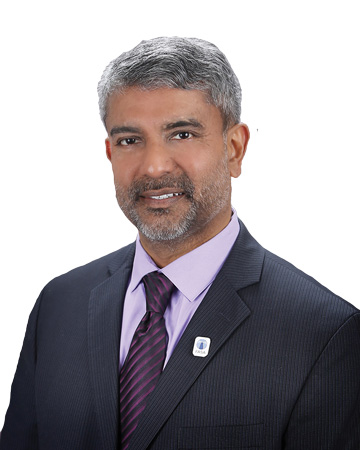In the rapid-turnover, high-volume world of outpatient surgery, anesthesia professionals prepare for the worst but hope for the best. In a vast majority of cases, everything goes exactly as planned, but they remain vigilant for the entire duration of every case. This isn’t always easy.
As I sit down to pen this column, it’s 10:30 a.m. and I’ve already done eight cataract cases — one after another since I rolled into the OR at 7 a.m. For me, the cases are routine and generally predictable, but for the patients, who are often scared, vulnerable and anxious, there’s nothing routine about surgery. One of the patients I treated today was worried and said, “Last time, I felt something.”
Immediately, I started thinking, Was the anesthesia inadequate? Did the previous provider try to place a block that failed? Was the topical anesthetic not enough?
I needed more information, so I asked what had she experienced. It turned out that she had felt the team squirting something in her eye and, even though her eyelid was held open by an instrument, she reflexively tried to close it, causing an unpleasant sensation because she couldn’t blink her eyes. Relieved that it wasn’t an inadequate anesthesia issue, this time around I told the surgical assistant to let the patient know she was going to feel some water and that we needed to take this step because the eye was not blinking anymore, and tears were not keeping her eye wet.
Providing excellent patient care is all about taking that extra step, asking that additional question and preparing patients for exactly what’s about to occur. Nobody likes surprises — especially when they’ve surrendered their decision-making power and put themselves in the care of an anesthesia provider whom they’ve met for the first time right before their procedure.
If anesthesia providers spend a little extra time preparing their patients for what to expect during surgery, it will pay off in patient satisfaction and comfort. In MAC cases, I prepare my patients for the presence of conversation and background music, which are natural occurrences in many operating rooms.
I'm about safety and comfort, but safety will always trump comfort if needed.
I’m about safety and comfort, but safety will always trump comfort if needed. The anesthesia challenge for outpatient procedures is always the same for me: gaining the patient’s trust quickly.
I’m a stranger; they’ve never met me before. They know the surgeon, but I’m the guy who just showed up with a stethoscope and said, “I’m here to take care of you.” I have less than five minutes to convince them I’m competent, confident and caring — the three Cs that are critical to every patient-anesthesiologist experience. Once I do that, patients are able to relax.
In this special edition of Outpatient Surgery Magazine, you’ll read all about the latest advances in regional blocks, monitored anesthesia care, video laryngoscope usage and much more. Regardless of how technology shapes the future of anesthesia care, our focus must remain first and foremost on the current patient. We must hope for the best, prepare for the worst and always strive to convince each patient we’re competent, confident and caring. OSM
.svg?sfvrsn=be606e78_3)

.svg?sfvrsn=56b2f850_5)